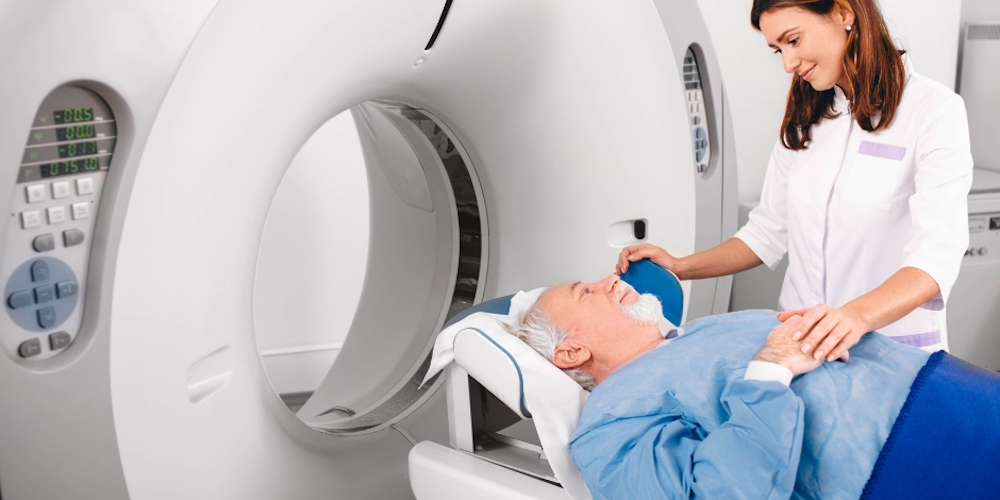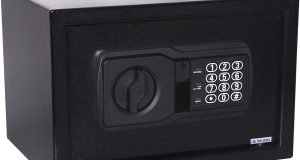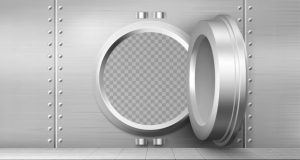Pregnancy is an exciting time for expectant parents, and one of the most important aspects of prenatal care is ultrasound scans. Ultrasound scans use sound waves to create images of your growing baby inside your womb. These scans are safe and painless and provide valuable information about your baby’s development. Ultrasound scans assist in monitoring the health and development of your growing baby throughout pregnancy. These scans detect potential complications such as ectopic pregnancies or multiple gestations early on, allowing healthcare providers to take necessary steps for treatment. They provide valuable information about your baby’s growth rate, size, position, and overall health. They reveal any abnormalities or defects in the fetus and require further testing or intervention after birth. Women should undergo an ultrasound between 18 and 22 weeks of pregnancy. This is known as the anatomy scan, which provides a detailed evaluation of your baby’s organs and body systems. However, some healthcare providers perform an earlier ultrasound in Hackettstown, NJ to confirm pregnancy or check for any potential complications. Other ultrasounds are performed later in pregnancy to monitor fetal growth, amniotic fluid levels, or position.

What should you expect during an ultrasound scan? The scans are typically done in a hospital or clinic setting by trained ultrasound technicians or radiologists. Scan types vary between 15 and 45 minutes and are painless. During a transabdominal ultrasound, you’ll lie down on a table with your abdomen exposed. A gel will be applied to your belly to help the transducer move across your skin smoothly. The technician will use the wand-like instrument to capture images of your uterus and growing baby.For a transvaginal ultrasound, you’ll need to undress from the waist down and lie in stirrups on an exam table. A small lubricated probe will be inserted into your vagina to obtain images of your uterus and fetus. 3D ultrasounds are similar to traditional ultrasounds but provide more detailed images showing facial features like lips and nose. After the scan is complete, you clean off any gel residue before getting dressed again. Follow-up appointments will be scheduled with your healthcare provider to discuss the results.



